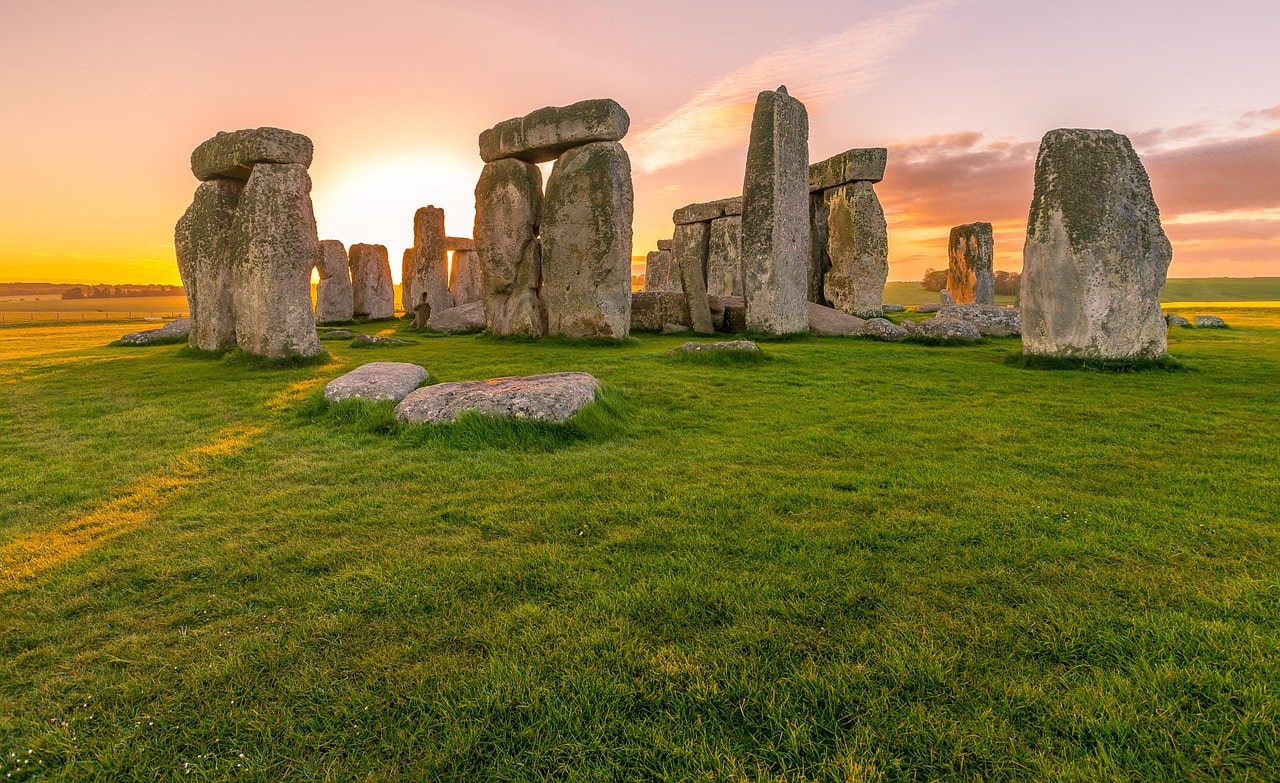Stone-Age Craftsmen
Engineers and the land surveyor have been a crucial part of society for centuries, assisting with the development of modern civilisation as we know it. Land surveyors literally laid the foundations for our buildings, roads, bridges, and all manner of essential structures required for a functioning society. But where did it all begin? As an expert in modern site engineering and land surveys Essex based MG Surveys is going to offer a brief overview of why land surveying and engineering has played such a pivotal role in our history. Enjoy!
Who were the first engineers and land surveyors?
It is only relatively recently that we have been able to accurately investigate the history of the most spectacular historical sites on the planet, enabled by the improvements in surveying technology. One of the most instantly recognisable of these is Stonehenge, which thanks to modern surveying equipment we now know is 5,000 years old.! How our ancestors completed the monumental effort to place these huge stones into place, in positions that are aligned accurately with the sun and moon throughout the different seasons, still baffles modern experts. But one thing is for sure, an undertaking on this scale could only have been completed by the Stone-Age equivalent of the master engineer, with help from an accomplished land surveyor. We can conclude from this that these occupations are as old as civilisation itself!

How did the land surveyor shape the ancient world?
Fast forward a few thousand years and we land in Ancient Egypt, home of the pyramids. As with Stonehenge, we are still not completely sure how these huge structures were actually built, again with a precision measured in millimetres, but we do know that it would have been impossible without incredibly talented engineers. Aside from the pyramids, this is the first recorded instance in history where we know land boundaries were determined by land surveyors, helping to settle land disputes and assist with taxation. The river Nile had its own group of specialist land surveyors whose job was to reassess the boundary markers of the river after its annual floods, allowing building projects and farming to continue safely. The Egyptian name for a land surveyor was “harpedonaptae”, translating literally as “rope stretchers”. After stretching a length of rope between two stakes they would then rub the rope with resin and beeswax to stiffen the rope, allowing it to hold its length. This treated rope was then used to measure distances, with knots tied at intervals to mark specific places. To measure vertical distances, the Ancient Egyptian land surveyor would use plumb bombs and sighting/levelling tools.
How the Ancient Greeks used their knowledge and tools to become master surveyors!
We owe the Ancient Greeks so much, after all, they laid the foundations for modern democracy! But they also made huge advances in a variety of fields, including engineering and land surveying. It was during these times that the technology used in surveying evolved beyond relying upon ropes, rods, and markers to get the job done. One tool that is recorded from these times is the groma, which consisted of a vertical staff with horizontal cross pieces mounted on top, plus four weighted ropes hanging from each end of the cross. The groma was ideal for accurately measuring straight lines, rectangles and right angles. This tool was so popular that the Romans used it for several more centuries, employing land surveyors to use a groma to parcel up land for taxation purposes. So necessary was this to the empire that the Romans regarded land surveying as a very noble profession! In around 120 B.C. the Greeks made further strides forward in the field of geometry which allowed them to create a new tool for land surveying, called a dioptra. This portable tool used a cogwheel and water level to accurately measure both terrestrial and astronomical figures on a property. In fact, many experts compare this ancient tool with the theodolite, a modern surveying instrument that uses a rotating telescope to measure geometric angles with pinpoint accuracy. We can definitely thank the Ancient Greeks for developing the first standardised methods for the land surveyor!
MG Surveys, modern land surveying and site engineering experts!
So there is a brief history of the ancient land surveyor, we hope that you found it an interesting read. You will be glad to know that the field of site engineering and land surveying has moved on considerably, MG Surveys offer a professional and reliable solution for your engineering and land survey requirements, and we promise not to turn up with a groma in hand! Contact us today to hear more about our surveying solutions, we look forward to hearing from you!

0 Comments